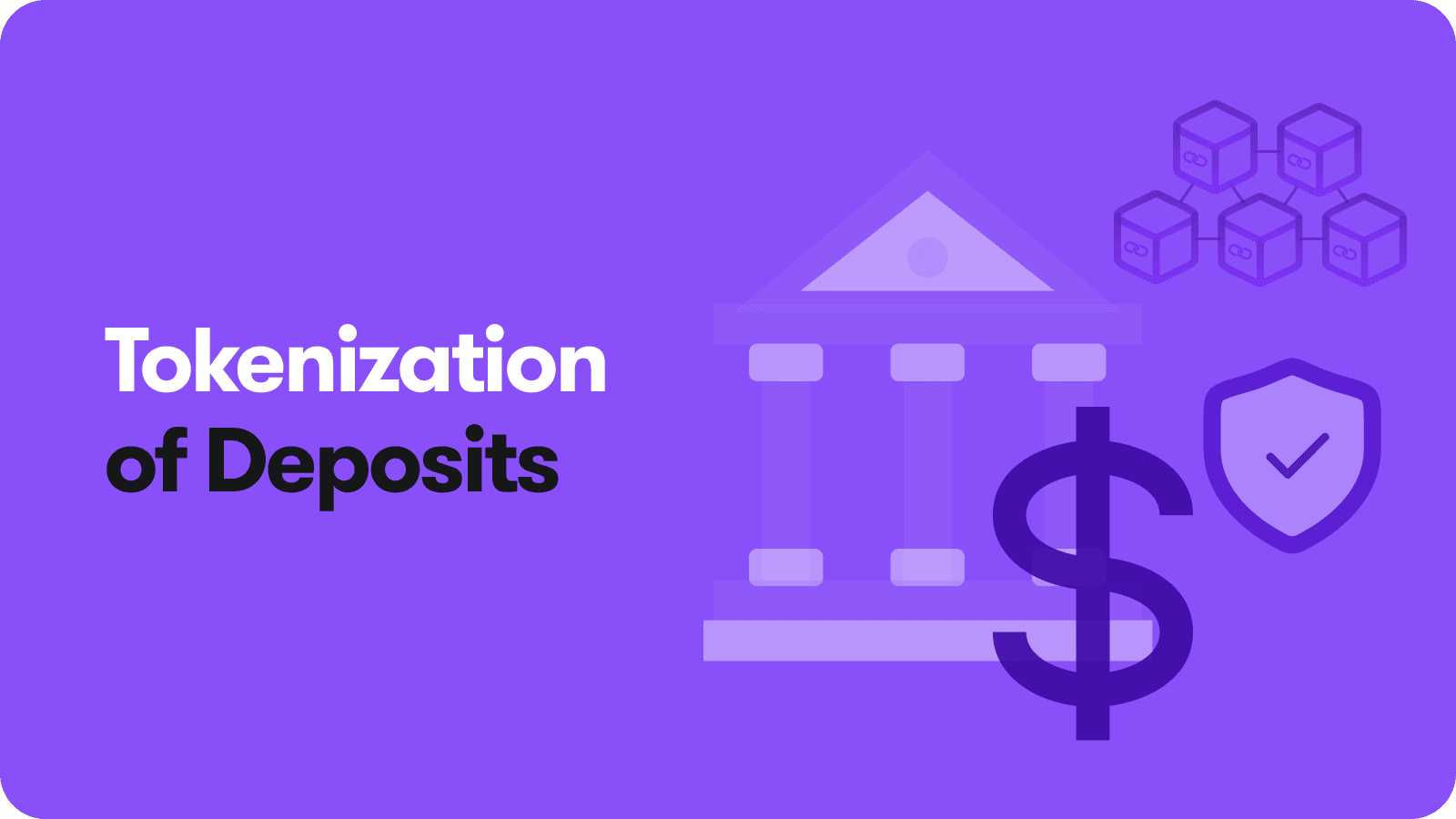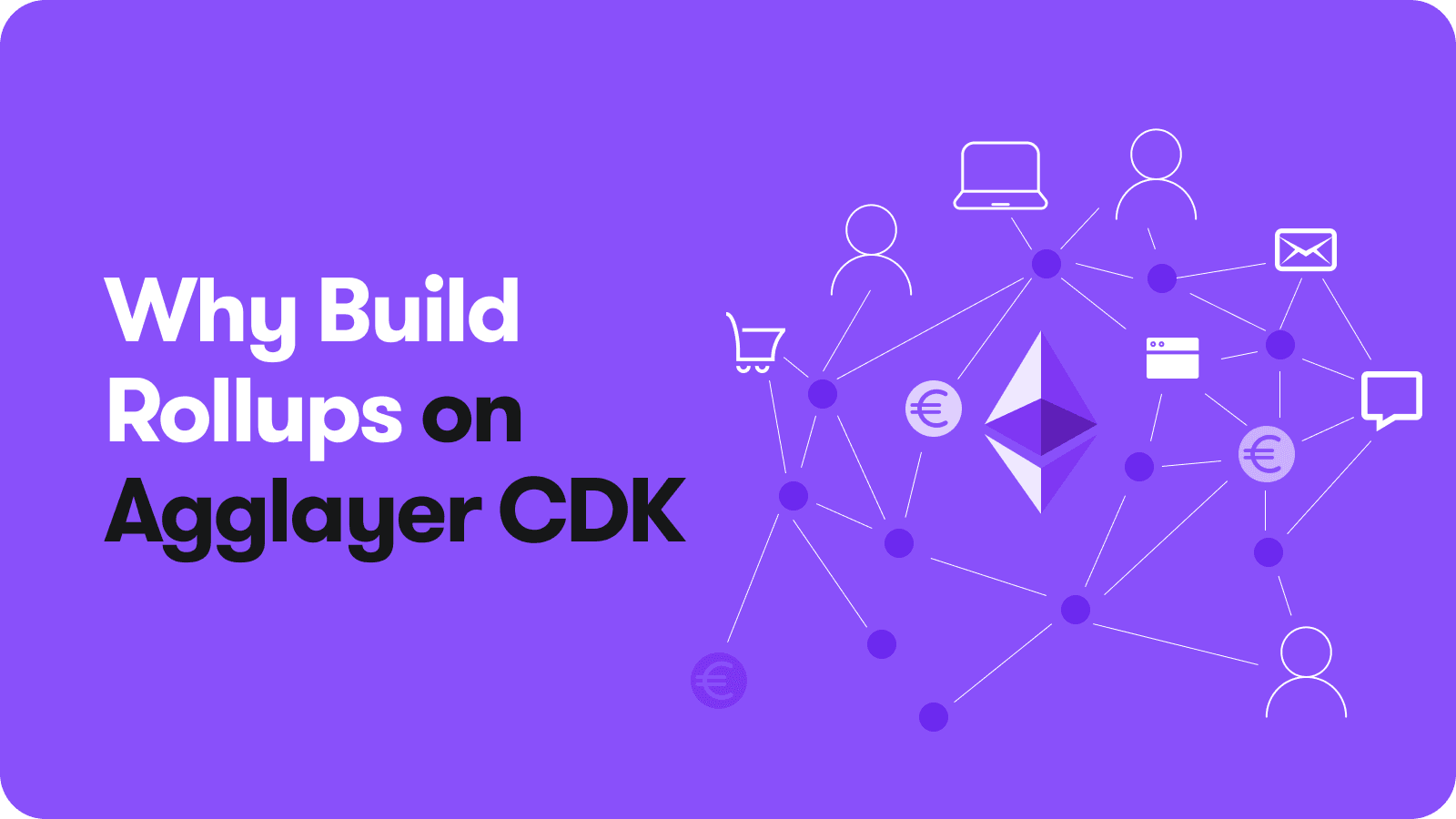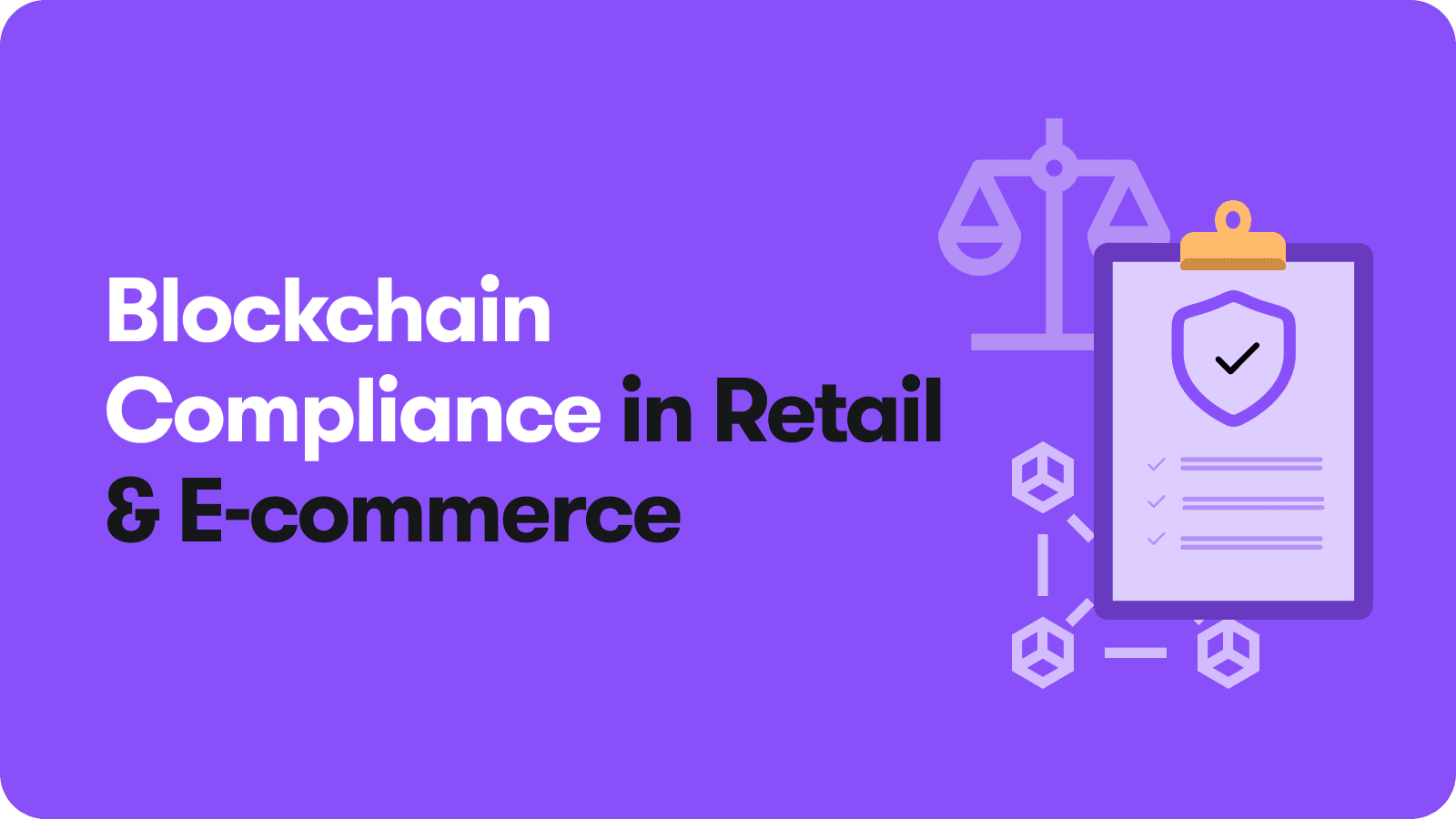
Tokenisation of Deposits
10 September 2025An Article on
Tokenisation of Deposits
THE SOLUTION TO MODERN BANKING’S TOUGHEST CHALLENGES
Banks lose billions annually to slow settlements, batch processing, and liquidity traps. Traditional settlement mechanisms remain stuck in the pre-digital era. What if these delays could be eliminated without regulatory trade-offs? But now, a blockchain-powered solution does exist: TOKENISED DEPOSITS
WHAT ARE TOKENIZED DEPOSITS?
Tokenized deposits are blockchain-based representations of traditional bank deposits. They transform standard bank balances into programmable digital tokens that can be transferred instantly, used in smart contracts, or integrated with decentralized finance applications—all while maintaining direct 1:1 backing by fiat currency held in regulated banks.
Let’s take an example to elaborate this further. Imagine a customer deposits $10,000 in Bank X. The bank issues 10,000 digital tokens (1 token = $1) on a blockchain, fully backed by the original deposit. When the customer needs to pay their landlord $2,000, they simply send 2,000 tokens directly to the landlord's wallet in seconds - even at midnight.
The landlord can then hold these tokens as digital cash, convert them to traditional dollars, or use them to pay suppliers through automated smart contracts, completely bypassing traditional banking hours and delays. For banks, this system enables instant settlements. If Bank X owes Bank Y $5 million, it can transfer 5 million tokens with just one click, eliminating the need for slow interbank clearing systems.
Thus the concept of tokenized deposits merges the security of traditional banking with the efficiency of blockchain networks benefiting both bank and its customers . This system keeps all the safety of regular bank accounts like deposit insurance and bank oversight while adding the speed and flexibility of crypto. Money moves instantly, works with smart contracts, and connects easily with digital finance apps, but always stays backed by real cash in the bank.
THE UNMATCHED BENEFITS OF TOKENISATION FOR BANKS
Tokenization enhances security, reduces fraud, and accelerates payments while ensuring compliance. Consequently, banks benefit from improved efficiency, lower costs, and future-ready systems
Unified Liquidity Across Financial Assets
Different forms of money—such as bank deposits, stablecoins, and securities—typically operate in separate systems, making transfers between them slow and inefficient. Tokenized deposits solve this problem by existing on a shared digital ledger alongside other assets. This setup allows instant exchanges between different types of value without delays or intermediaries resulting in smoother cash flow management, as funds are no longer trapped in isolated accounts.
Improved Operational Efficiency
Traditional banking involves maintaining multiple databases that require constant reconciliation to ensure accuracy. Tokenized deposits eliminate this inefficiency by recording all transactions on a single, shared ledger. This unified system reduces errors and administrative burdens, allowing financial institutions to process transactions more quickly and at a lower cost.
Simplified Financial Governance
Current financial networks rely on complex governance structures involving multiple banks and intermediaries to approve transactions or implement changes. Tokenized deposits operate on predefined digital rules within a permissioned blockchain network, and so decisions and updates can be implemented more efficiently, making the entire system more agile.
Enhanced Regulatory Oversight
Financial regulators prioritize transparency and compliance to prevent illicit activities. Tokenized deposits support these goals by restricting participation to licensed and verified institutions. Every transaction is recorded on an immutable ledger, providing regulators with real-time visibility into money flows. This transparency simplifies compliance checks and helps authorities detect suspicious activity more effectively.
Secure and Trustworthy Infrastructure
Tokenized deposits leverage the security and decentralization of established blockchain networks like Ethereum. By anchoring transactions to such systems, the risk of fraud or manipulation is minimized. The underlying technology ensures that all records are tamper-proof and verifiable by authorized parties, creating a foundation of trust without relying on any single institution.
Programmable Financial Transactions
One of the most powerful features of tokenized deposits is their ability to execute automatically based on predefined conditions. Smart contracts which are self-executing agreements written in code enable scenarios such as automatic invoice payments upon delivery of goods or instant collateralization for loans. These programmable functions reduce paperwork and eliminate manual processing
Seamless Interoperability
Because tokenized deposits exist in a digital and standardized format, they can be easily integrated into various financial applications. The same deposit can serve as collateral for a loan, participate in a liquidity pool, or facilitate a trade all without requiring conversion or reauthorization. This interoperability allows us to build more flexible and interconnected services.
Instant Settlement of Transactions
Conventional financial systems often impose waiting periods for transactions to finalize, particularly in securities trading or cross-border payments. Tokenized deposits enable immediate settlement, meaning payments and asset transfers are completed in real time. This speed reduces the risk of payment failures and allows businesses to access funds without unnecessary delays.
THE ESSENTIAL COMPONENTS OF SUCCESSFUL TOKENIZATION
Banks can tokenize their deposits by implementing a secure, step-by-step process. First, they must establish the right technological foundation by selecting an appropriate blockchain platform. They may build their own for full control and customization or alternatively, they can leverage existing blockchains.
The actual tokenization process involves creating digital tokens that represent 1:1 claims on customer deposits, with each token cryptographically linked to verified customer identities through embedded KYC/AML protocols.
Smart contracts are programmed to automate key functions like transfers, interest payments, and redemption processes while maintaining full auditability. Most institutions begin with controlled pilots, initially focusing on internal settlements or select corporate clients before gradually expanding to broader retail applications.
Crucially, the system must be designed for future interoperability with emerging financial ecosystems including CBDCs and institutional DeFi, using standardized token frameworks. Throughout this transformation, banks should address critical considerations like regulatory approvals, and scalability through Layer-2 technologies such as rollups.
REAL-WORLD USE CASES OF TOKENISATION FOR BANKS
Tokenization benefits sound too good to be true? Let’s cut through the hype. Here’s exactly how banks are using it today to solve real problems.
Interbank Liquidity
Tokenization democratizes access to wholesale money markets by enabling fractional interbank deposit trading. A small community bank can purchase $500,000 portions of tokenized deposits from major banks like Citi or HSBC, allowing it to efficiently manage reserve requirements and overnight liquidity.
Collateral Optimization
Banks hold trillions in low-yielding deposits that could be leveraged as high-quality collateral. Tokenization allows these assets to be used in secured lending, repo markets, and even decentralized finance without leaving the bank’s balance sheet. Smart contracts ensure automatic collateral management, reducing counterparty risk and operational overhead.
CBDC Integration
As central banks introduce CBDCs, commercial banks must ensure they remain central to the financial system. Tokenized deposits provide a bridge between traditional banking and digital currency networks, allowing seamless interoperability. Banks can continue serving clients while participating in the next generation of monetary infrastructure.
Cross Border Payments
Traditional cross-border transactions rely on slow, costly correspondent banking networks. Tokenized deposits enable direct peer-to-peer settlements, eliminating intermediaries and reducing processing times from days to seconds. With blockchain-based transfers, banks can offer clients near-instant international payments.
TOKENIZED DEPOSITS: THE FUTURE OF CUSTOMER-FOCUSED BANKING
Modern banking customers demand seamless, cost-effective services with full transparency. Tokenization of deposits delivers precisely this by transforming traditional balances into programmable digital assets on secure ledgers. Here's how tokenization elevates the customer experience:
Instant Value Transfer
Tokenized deposits settle peer-to-peer in seconds, 24/7, eliminating processing delays. Customers enjoy real-time payroll deposits, instant cross-border remittances, and immediate access to funds - all while banks maintain full regulatory compliance.
Radically Reduced Fees
By enabling direct institution-to-institution transfers via tokenized deposits, banks remove correspondent banking layers. Customers benefit from near-zero cost international payments and currency conversions.
Programmable Financial Control
Smart contract-enabled deposits automatically execute conditions like scheduled payments, savings rules, or collateral management - giving customers customized banking experiences while reducing manual processes.
Enhanced Yield Opportunities
Tokenized deposits can be securely deployed in institutional DeFi pools or as collateral for structured products, allowing banks to offer competitive, compliant returns that traditional savings accounts can't match.
Asset Protection
Each tokenized deposit maintains a transparent audit trail on the ledger, drastically reducing fraud risks. Multi-signature wallet integrations provide both security and recovery options absent in conventional banking.
THE ROAD AHEAD: MASTERING THE TOKENIZED DEPOSIT TRANSITION
Legacy systems aren't just slow, they're risky. Manual processes invite errors, batch settlements create liquidity blind spots and aging tech stacks breed vulnerabilities. Tokenization automates compliance, provides real-time balance visibility, and operates on cyber-resilient infrastructure. In an era of tightening regulations and sophisticated threats, sticking with 20th-century banking isn't conservative by any means. Thus it is evident that tokenization isn’t just innovation, it’s risk mitigation for the digital age.
But even after accepting the fact that tokenization reshapes deposit management, banks would still face a strategic imperative: not whether to adapt, but how to execute this transition competitively..Building a proprietary blockchain is impractical for most banks. The massive investments in talent, infrastructure, and security plus the operational burden of maintaining 24/7 uptime make it prohibitively costly and risky.
If building from scratch is a dead end, where does that leave banks ready to embrace tokenization today?
Established blockchain providers like Gateway.fm already offer battle-tested solutions with bank-grade security, scalability, and compliance. At Gateway, we don’t just offer blockchain infrastructure—we build fully customized, bank-ready solutions tailored to your exact needs. From fast, low-cost transactions to effortless integration, we eliminate the complexity of tokenization, letting you sit back and reap the benefits of next-gen banking without the heavy lifting.
Other blog posts
Want to read more? Discover our other articles below!



